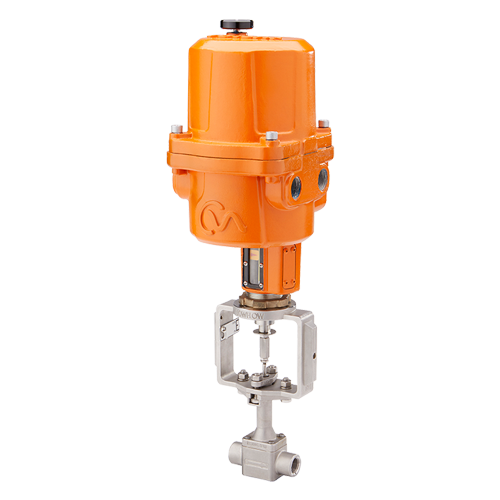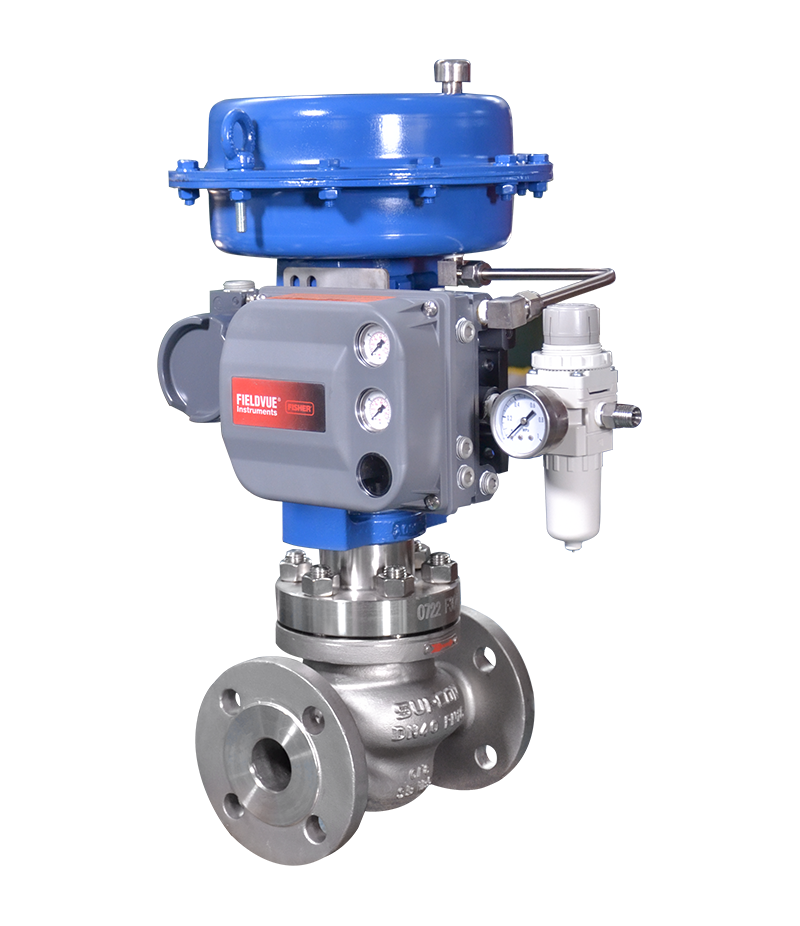
Maximize Power Cost Savings and Comfort With Advanced Building Automation Controls
In the world of modern architecture and facility management, the combination of sophisticated building automation manages stands as an essential advancement. The convergence of modern technology and sustainability has birthed a new period where energy effectiveness, comfort optimization, and functional streamlining are no longer possible realities yet distant desires. By taking advantage of the power of automation, buildings can adapt, react, and evolve in manner ins which were as soon as inconceivable. The potential for significant energy savings and boosted convenience is not just an assurance but an opportunity waiting to be fulfilled. This paradigm change in structure management holds the key to unlocking a world where environmental conscientiousness and owner well-being sympathetically exist side-by-side within the wall surfaces of our structures.
Energy Performance Benefits
Power efficiency benefits can substantially decrease energy usage and functional costs in structures. Energy-efficient systems, such as innovative structure automation controls, can maximize the usage of sources like lighting, heating, and cooling, leading to lower energy expenses over time.
In addition, improved power performance can prolong the life-span of structure tools and systems. By running a lot more efficiently, HVAC systems, lighting fixtures, and other structure elements experience much less deterioration, causing minimized maintenance and replacement costs. In addition, energy-efficient structures usually regulate higher building values and rental rates, giving long-term economic advantages to owners.
In addition, power effectiveness can boost owner comfort and performance. Effectively controlled interior settings with ideal illumination and thermal conditions develop an even more pleasurable and conducive workspace, bring about improved worker contentment and performance. On the whole, the energy efficiency benefits connected with innovative building automation controls are diverse, including cost savings, environmental stewardship, and passenger wellness.
Improved Convenience Control
Enhancing comfort control in structure settings requires a sophisticated integration of innovative automation systems for optimum occupant health. By making use of innovative building automation controls, centers can customize the indoor setting to satisfy the certain requirements and choices of owners. These systems make it possible for exact regulation of illumination, temperature, and air flow, producing a comfy and productive environment. Passenger fulfillment and productivity are carefully linked to thermal convenience, making it necessary to have systems in place that can adapt to altering problems in real-time.
Improved comfort control goes beyond basic temperature changes. It includes functions such as tailored settings, occupancy sensing units, and all-natural light usage to develop a receptive and dynamic setting. By including these innovative controls, structures can not only boost convenience however additionally boost power efficiency by enhancing system operations based upon real occupancy and usage patterns. Inevitably, prioritizing occupant convenience through advanced automation systems causes a much more pleasurable and healthier interior environment.
Functional Efficiency Improvements

Furthermore, the execution of real-time monitoring and analytics tools makes it possible for building operators to recognize energy inadequacies and operational abnormalities promptly. By continually keeping an eye on energy usage patterns and system performance metrics, adjustments can be made in real-time to maximize power consumption and make sure peak functional effectiveness. control valves. Furthermore, including demand reaction approaches my website into structure automation controls can even more enhance functional effectiveness by dynamically adjusting power usage based on grid conditions and rates signals
Indoor Climate Optimization
Efficient indoor climate optimization is a fundamental aspect of building automation controls, making certain occupants' comfort and wellness while optimizing power financial savings. By utilizing sophisticated sensing units and controls, constructing automation systems can continuously readjust and check temperature, moisture degrees, air high quality, and air flow to develop an optimal interior environment. Maintaining constant pop over to this site and comfy problems not only boosts resident complete satisfaction yet likewise increases efficiency and total well-being.
Indoor climate optimization additionally plays an important role in energy efficiency. By fine-tuning cooling, air flow, and home heating systems based upon real-time information and tenancy patterns, developing automation controls can significantly reduce energy usage - control valves. Carrying out techniques such as demand-controlled ventilation and thermal zoning can assist decrease power waste while making sure that each location of the structure obtains the essential conditioning.

Lasting Setting Production
Structure automation controls not only enhance interior environment problems for power performance and occupant comfort but likewise lay the structure for developing a sustainable setting through critical management of sources and systems. By integrating sophisticated building automation innovations, such as sensors, actuators, and intelligent software, facilities can monitor and readjust energy use in real-time to decrease waste and decrease their carbon footprint. These systems make it possible for predictive upkeep, determining potential concerns prior to they escalate and optimizing tools efficiency to enhance longevity and performance.
In addition, lasting setting production extends beyond power management to incorporate water preservation, waste decrease, and interior air quality improvement. Structure automation controls can regulate water use, identify leaks, and guarantee correct garbage disposal practices, adding to general sustainability efforts. In addition, by checking and managing ventilation and filtration systems, these technologies enhance passenger health and wellness and efficiency while reducing energy intake connected with heating and cooling operations.
Final Thought
Finally, advanced building Resources automation controls offer considerable advantages in regards to energy cost savings, convenience control, operational effectiveness, interior environment optimization, and creating a lasting environment. By carrying out these controls, structures can achieve optimal efficiency while reducing power consumption and boosting passenger comfort. It is apparent that the use of advanced automation technology is important in enhancing building efficiency and developing an extra lasting future.
Energy performance benefits can considerably reduce power intake and functional costs in buildings. In general, the energy performance advantages associated with innovative structure automation controls are multifaceted, including price savings, ecological stewardship, and occupant wellness.
Furthermore, including demand feedback methods into building automation controls can even more enhance operational effectiveness by dynamically adjusting power usage based on grid problems and rates signals.
Building automation controls not only maximize indoor environment conditions for energy efficiency and occupant comfort but additionally lay the foundation for creating a sustainable environment with strategic management of systems and sources.In verdict, progressed building automation controls offer significant advantages in terms of energy savings, convenience control, operational effectiveness, indoor environment optimization, and creating a lasting atmosphere.